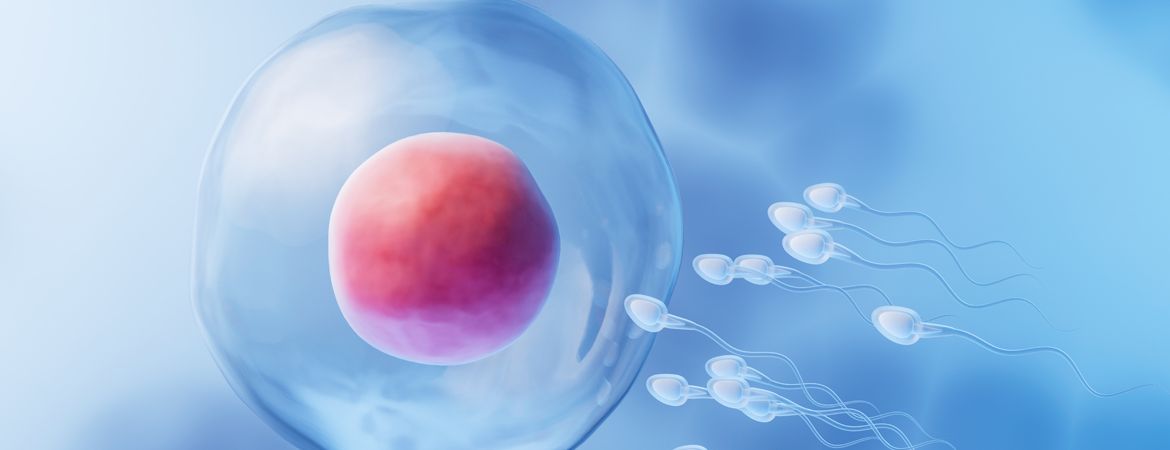
Fertility preservation is a growing field that offers a glimmer of hope to men and women who want to preserve their ability to start a family. In this article, we’ll look at the different methods of fertility preservation and their main benefits and considerations.
WHAT IS FERTILITY PRESERVATION?
Fertility preservation involves taking steps to protect a person’s ability to conceive a child in the future. This can be particularly important for people who are undergoing medical treatments, such as chemotherapy, which can affect fertility.
WHY IS IT IMPORTANT FOR BOTH MEN AND WOMEN?
Fertility preservation offers a way to protect the chances of conceiving a child in the future, which can be particularly important for people who want to start a family but face medical or environmental factors that may affect their fertility.
EGG VITRIFICATION:
Egg vitrification is one of the most common methods of preserving a woman’s fertility. It involves freezing eggs for future use. Here are the most important things to know:
The egg vitrification process:
Egg vitrification involves extracting a woman’s eggs, rapidly freezing them using an advanced vitrification technique, and then storing them for future use.
The benefits of this method:
Egg vitrification offers many benefits, including the ability to preserve eggs at a younger, higher quality stage. This can increase the chances of success in subsequent in vitro fertilisation attempts.
Key considerations for egg vitrification:
It’s important to consider several factors when deciding whether to undergo egg vitrification, including age, reproductive health and personal goals.
EMBRYO VITRIFICATION
Embryo vitrification is another fertility preservation method that offers unique benefits. Here’s what you need to know about it:
Why choose embryo vitrification?
Embryo vitrification is often chosen by couples who are planning a future pregnancy. It allows viable embryos to be preserved, providing a safer and more effective option for future conception.
How does embryo freezing work?
Embryo vitrification involves in vitro fertilisation followed by rapid freezing of the resulting embryos. These embryos are then stored in optimal conditions until the couple is ready to proceed with the transfer process.
The implications of embryo freezing:
It’s important to understand the emotional, legal and personal implications of embryo vitrification. It is advisable to consult a specialist health professional for personalised advice.

OVARIAN TISSUE PRESERVATION
Ovarian tissue preservation is a fertility preservation method that offers additional options. Here’s what you need to know about it:
The advantages of ovarian tissue preservation:
Ovarian tissue preservation preserves ovarian follicles containing immature eggs. This can be beneficial for women who are undergoing chemotherapy, ovarian surgery or other medical treatments that may affect their ovarian function.
The process of ovarian tissue preservation:
Ovarian tissue preservation involves removing and freezing a piece of ovarian tissue containing follicles. This tissue can be reimplanted later in life to restore ovarian function.
Who can benefit from ovarian tissue preservation?
Ovarian tissue preservation can be an option for women of all ages who want to preserve their reproductive potential. It is important to discuss whether this is right for you with a healthcare professional.
CONCLUSION
Fertility preservation offers hope and opportunity for people who wish to maintain their reproductive potential. Whichever method is chosen, it’s important to work closely with specialist healthcare professionals to receive personalised advice and make informed decisions.
We hope this article has provided you with some useful information about fertility preservation and the different methods available. Please feel free to explore these topics further and seek professional advice to determine the best approach for you.
Note: This article is for information only and is not a substitute for professional medical advice. Please consult a healthcare professional for personalised advices.

